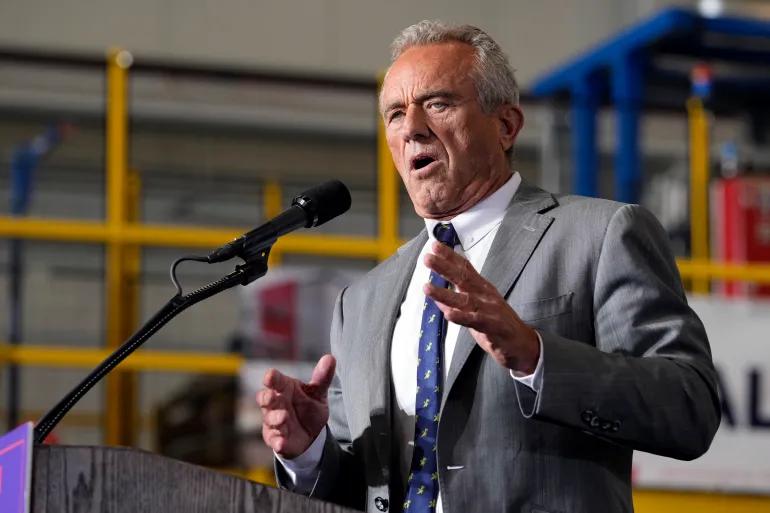While inflation in the United States has notably decreased, many middle-class Americans report ongoing financial challenges, CNBC reports.
A recent survey conducted by the National True Cost of Living Coalition found that 65% of middle-class respondents feel they are struggling financially and do not anticipate any improvement in their circumstances.
Middle-class households are typically defined as those earning between two-thirds and double the median household income, which in 2023 translates to annual incomes between $53,740 and $161,220. Despite the easing of inflation, which was recorded at an annual rate of 2.4% in September by the Bureau of Labor Statistics, many consumers have not seen significant declines in prices. Instead, they are experiencing slower increases in costs across various categories.
“Financially, things have been a struggle. This past month, I was left with $125 in my checking account and that’s it,” said Kyle Connolly, a mother of three from Pensacola, Florida.
The financial pressures on middle-class families are particularly acute in areas such as housing, child care, and health care, which remain substantial expenses. According to a Primerica survey, three-quarters of middle-income families reported that they are actively reducing non-essential spending, with 73% finding it challenging to save for the future.
Bradley Hardy, a professor of public policy at Georgetown University, highlighted the impact of these pressures on families.
“In their own neighborhoods and lives, they have their own expectations for what they can do, where they can go, where they can eat, where they can live. The pressures they face individually are causing quite a bit of alarm,” Hardy said.









